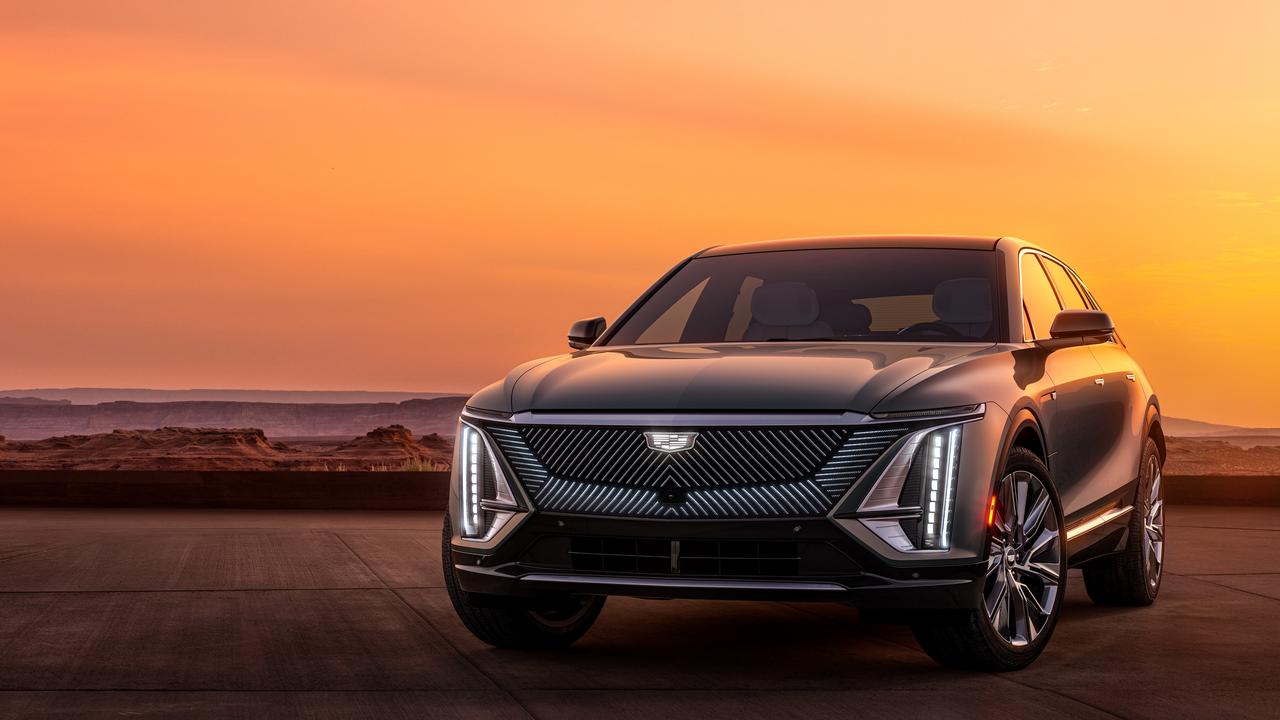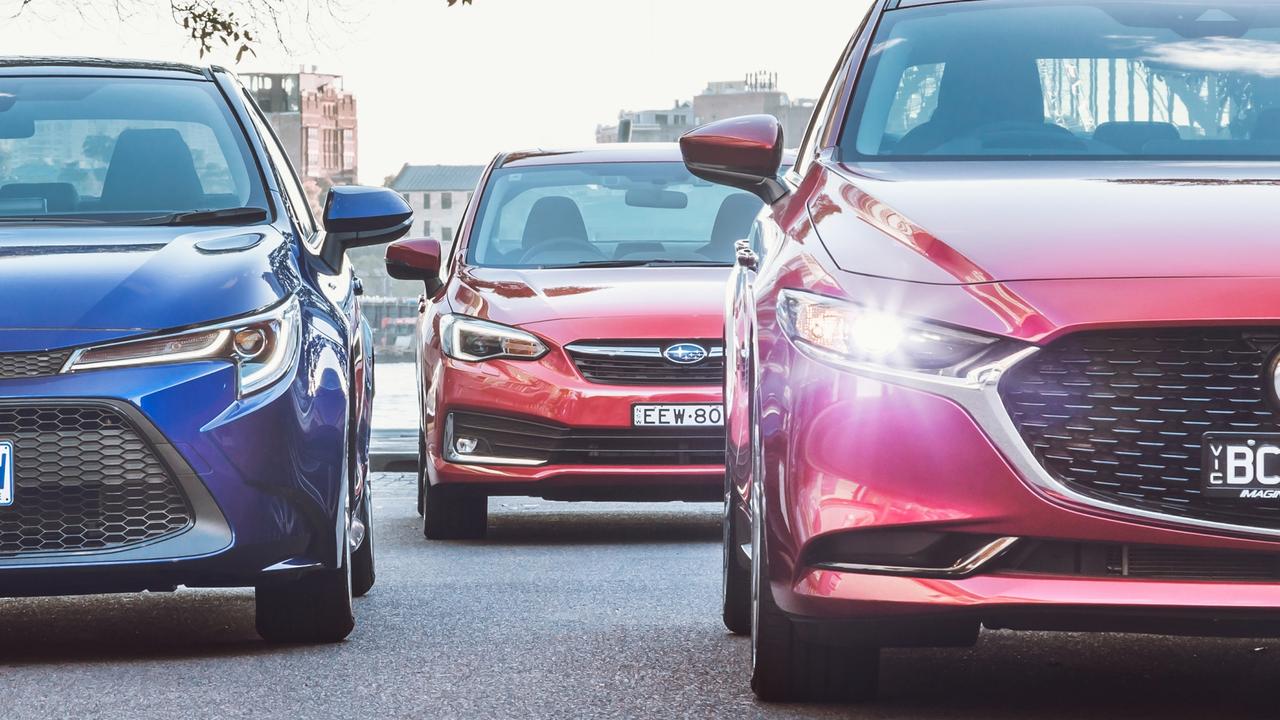Track test: Audi RS6 vs. Audi e-tron RS GT
Two cars from the same brand – one conventional and the other cutting edge – go head to head to decide which makes the most compelling case for ownership.

Audi’s updated RS6 Avant is the most powerful V8 the company has ever offered.
The just-updated iteration of the potent wagon now makes 463kW and 850Nm from its 4.0-litre V8, which is more than the V10-powered Audi R8 supercar that was recently discontinued.
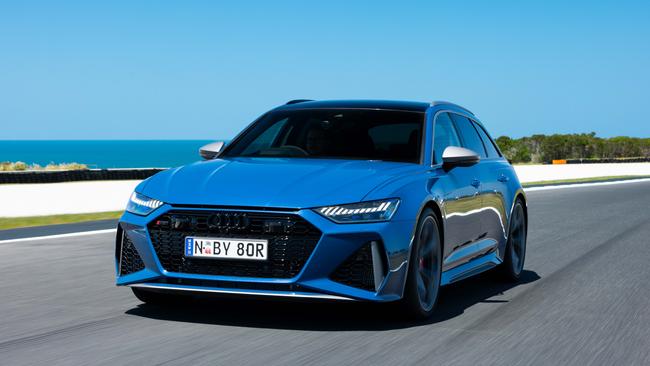
But the circa-$265,000 drive-away RS6 is not the most powerful car Audi has ever sold.
That honour goes to the Audi RS e-tron GT, which is powered solely by electrons.
The RS e-tron GT is priced from about $267,000 and makes up to 475kW when using its short lived boost mode.
And while the 830Nm falls just shy of the RS6 Avant, the dual electric motors are still claimed to take the sleek five-seater to 100km/h a tenth of a second faster than its petrol-powered alternative, stopping the clock at just 3.3 seconds.
So, on paper at least, the RS6 and RS e-tron GT are a close match.

But we wanted to test them on the racetrack to see which is the best performance car.
First up is the RS6 Avant.
Sure, it’s a wagon, but it doesn’t take an enthusiast to work out it’s designed for more than carrying the kids and shopping.
Sizeable 22-inch wheels give a tantalising glimpse at enormous brakes and help fill out the bulging wheel arches that are a design feature of the car.
Twin oval-shaped exhausts hang out the back to create the burble that’s characteristic of a V8.
Whereas engineers often gloat of quietening the cabin, Audi has actually removed some of the sound deadening so that exhaust is more audible.
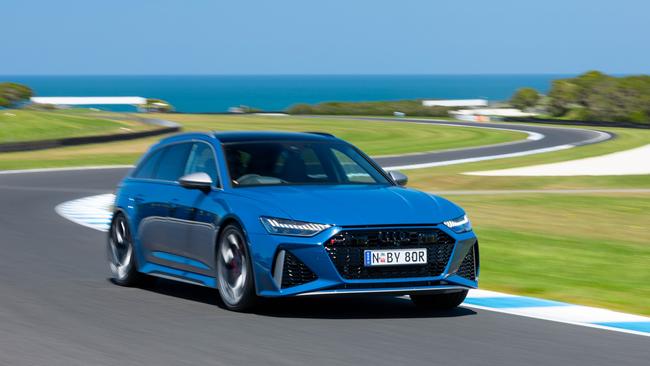
With the RS6 idling in the pits at Phillip Island racetrack there’s certainly a nice soundtrack.
It gets better accelerating on to the main straight as the Audi wagon builds pace.
Despite weighing a smidge over two tonnes, the RS6 feels sharp through the corners. Newly-added Continental tyres provide immense mid-corner grip.
It’s the sort of car that inspires confidence and rewards when you push on.
Our car was running on the optional carbon ceramic brakes that are designed for punishing track attacks.
Squeezing them into one of the track’s tight hairpins reinforces the confidence inherent in the big wagon.
Audi’s Quattro all-wheel drive system ensures all the thrust from the twin turbocharged V8 makes it to the bitumen with little fuss.
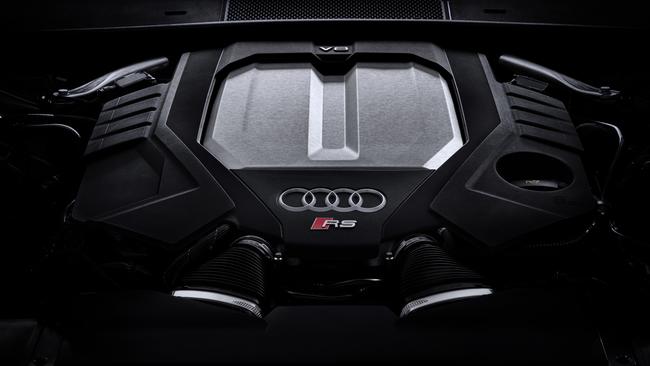
And while the throaty roar of the engine is a beautiful accompaniment, it’s not the raucous riot some may expect from a high-powered V8.
Think more sensible and seductive rather than wild and raw.
It’s still a lot more than you hear in the RS e-tron GT.
Accelerating is more like a giant invisible hand has thrust the car forward. It’s an intoxicating and oddly serene sensation.
Audi’s electric performance hero shares its underbody structure with the Porsche Taycan, something that gives it a low centre of gravity.
At the first fast, sweeping bend the e-tron points assertively to the apex and sits remarkably flat as it claws the bitumen.

Attacking the first tightening left-hander allows you to better hear what’s going on at ground level, the tyres occasionally yelping in protest.
While it takes up less space on the road than the RS6, the sizeable battery pack in the floor means the e-tron GT is 200kg heavier.
Ultimately it’s the front Pirellis that reach their limits first, but it’s done in a progressive way, the electronics chiming in if you’re too eager.
And setting the RS e-tron GT up for some of the faster sweepers at Phillip Island reinforces how much talent the car has.
But the electric hero in Audi’s range also calls for more finesse when asking it to stop.
While the brakes are supremely effective, they require more restraint when you stand on the pedal, possibly due to the high-tech juggling act of balancing regenerative braking and more serious stopping power from the traditional brakes.
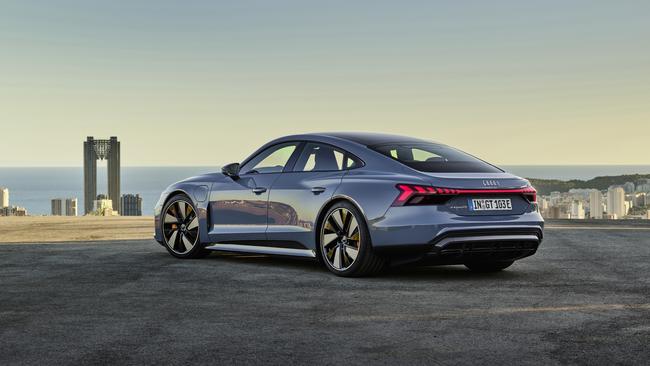
Either way, it takes a lap or two to convince your foot it needs to be more prudent in the initial pedal application.
No qualms with how it leaps out of corners, though. The RS EV unleashes its pace with brutal efficiency, storming to the next corner with seemingly endless ferocity.
The near-instant availability of torque helps deliver cornering prowess.
Rather than having to wait for turbos to boost and revs to build, the e-tron unleashes everything the second you step on the throttle pedal.
It’s clinical and effective, the car quickly rushing towards its electronically limited 250km/h top speed.
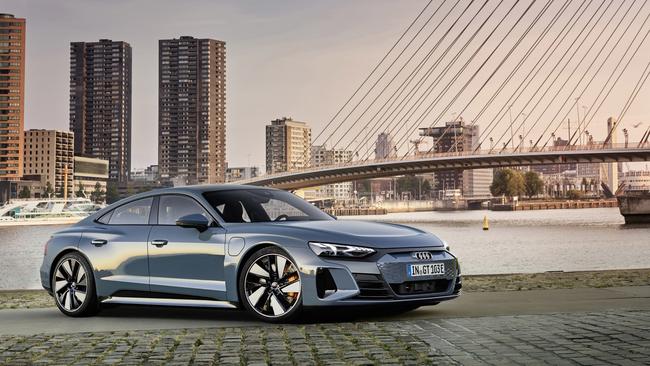
Sure, some will prefer the more visceral experience of the V8 and the lighter body of the RS6, two things that combine for a brilliant driving experience.
But if it’s outright pace you’re chasing, then the RS e-tron GT edges ahead.
Originally published as Track test: Audi RS6 vs. Audi e-tron RS GT

